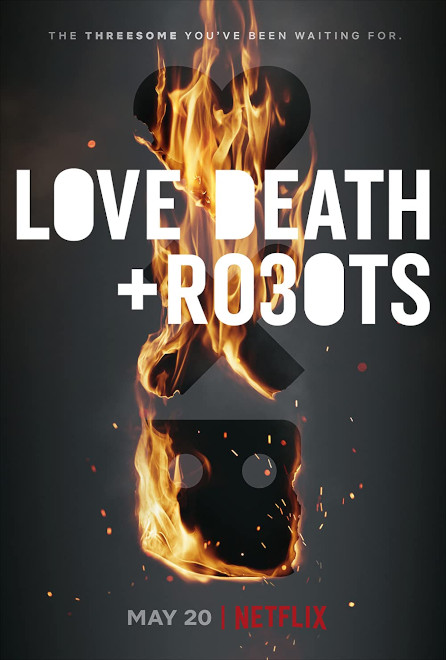AI Influencers and the Issue of Authenticity

Artificial intelligence has expanded since its 1950s conception. What started as a simple computer program has since evolved into intelligent search engines, industrial robots, smart cars and even made its way into social media.
Human designed, powered, and controlled virtual-AI influencers, or AII, started taking over social media, starting with YouTube in the 2010s. Ami Yamato became the first Vtuber, or virtual YouTuber, that was “an animated version of herself,” according to Virtual Humans. She never mentioned in her content that she was in fact an AI, but her Barbie-painted, catch-light-less eyes and digital aura easily gave her away.
Vtubers are another example of virtual influencers. Though slightly different from AII, they are real-life influencers who use 3D-modeling software and other tools to create a virtual character and motion-capture to control and bring it to “life.”
Some popular Vtubers include Kizuna AI; there are also companies, such as Hololive Production, that have a team of Vtubers, similar to that in Ready Player One. Most Vtuber characters look like they’re straight out of anime.
Other AII have been created to inhabit other social media platforms such as Instagram and TikTok.
One such influencer is Miquela Sousa, better known as Lil Miquela, an Instagram-famous AII who sprouted up in 2016. This virtual influencer created a fashion line, releases music, has been featured in multiple ads with companies like Samsung and Calvin Klein, and is a philanthropist.
TV series such as "Black Mirror" and "Love + Death+Robots" have foreshadowed certain issues with AI that could arise, such as physical harm to humans. However, there are other ways that AI, specifically AII, could be harmful to society.
Yes, Lil Miquela may seem like a renaissance woman, but she’s simply a visage created by Trevor McFredies and Sara DeCou as part of Brud, a tech company founded in 2016 and acquired by Dapper Labs, an NFT company, in 2021.

The lyrics of her autotuned songs, the nonprofits she donates to, and the clothes she designs, even her Brazilian-American ethnicity are all aspects decided on by the company to which she belongs. The money she makes from collaborations and PR campaigns do not belong to her, but instead the companies behind her.
A survey conducted by Fullscreen TBH Community determined that “42% of Gen Z and
Millennials have followed an influencer and didn’t know it was CGI.” Other sentiments shared by Gen Z-ers and millennials through the same survey said they want to know who is actually behind the AII and if it is a brand.
While most AII replicate real, flesh-and-blood influencers, some create conscious or unconscious unrealistic goals, whether with physical actions or through their designed depictions.
Lil Miquela has the perfect body shape, a thin waist, flat stomach, and other desirable traits -- all of which are society’s ideals and not really rooted in reality. Even ChatGPT’s new default face, "Alice," would surely fit within the golden ratio.
Fifteen out of 20 virtual influencers, such as Kizuna AI, Lil Miquela, Imma and Leya Love, listed by #AJ Marketing as the top-20 AII to follow in 2023, are crafted as depicting “perfect” women.
The lack of authenticity veiled but still found in AII also poses a problem in a world that consistently battles with authenticity. Even though AII like Lil Miquela post photos wearing name-brand clothing and show mascara running down her face as she advocates for “ugly crying in public,” she is not like us -- she’s a tool created by a tech company and used by various brands.
Along with AII comes manufactured authenticity, which may deceive followers to invest time, thought, emotion and trust in them. This perception of human personality translates to a form of dependence and vulnerability shared by followers. This vulnerability, however, is not shared person-to-person, but person-to-team-of-tech-people.

We live in a society that values authenticity; we are drawn to people who can cry real tears and speak candidly about whatever is considered important. And AII are the perfect deception of a manipulated desire for authenticity.
Those behind each AII have three R’s they must fulfill to create an influencer brand, according to a 2022 Entrepreneur article: relevance, reach and resonance.
AII PR teams can achieve these R’s by relating audiences’ individual personalities.
A 2019 Forbes article outlines five ways brands and influencers target public to follow them. One of the more prominent ways is to create a personal connection between influencers and followers.
Forbes also states that influencers aim to create a personal connection to followers, and vice versa.
As AII’s backgrounds are crafted by a team, followers are falling for a marketing ploy, instead of investing time and energy in a real-life influencer who, yes, is trying to make money too, but at least has real-life experiences that could be relatable.
Personal connections between influencers and followers are not only built through perceived life experiences, but also through mannerisms, such as communication styles and “perceived interest similarity,” according to a 2022 National Institutes of Health article on the rise of social media influencers as a new type of marketing.
These specific mannerisms between an influencer and a follower can create self-congruity, a connection of self-concepts between a brand and a consumer. However, an AII’s self is not a real personality; it’s a perception of one created by programmers dedicated to reaching specific audiences and making a profit.
AII self-concepts, such as the designer clothes Lil Miquela wears, can also lend themselves to creating a perceived friendship between influencers and followers.

This idea of friendship, specifically with AII, is not amity with the character, but with the brainstormers behind it. AIIs are capable of creating these personal connections that influence people, but that’s the thing: They are not “personal” -- because AIIs are not “people.” These connections between AIIs and followers are in essence inauthentic.
This is a problem worldwide as AII are popular not only in the U.S., but also in Japan, Germany, South Korea, South Africa, and other countries.
AII are a marketing ploy, if not for one or more brands, then for the company that makes them. AIIs are not the creators, but the creation, a product used to make money in one way or another.
Author Bio:
Ariana Powell is a contributing writer at Highbrow Magazine.
For Highbrow Magazine
Image Sources:
--Kizuna AI SCP Foundation (Wikimedia.org, Creative Commons)































































































































































































































































































































